Otautau WWII Airman Finally Laid to Rest After 80 Years
Sue Fea © the Southland App
14 October 2025, 7:35 AM
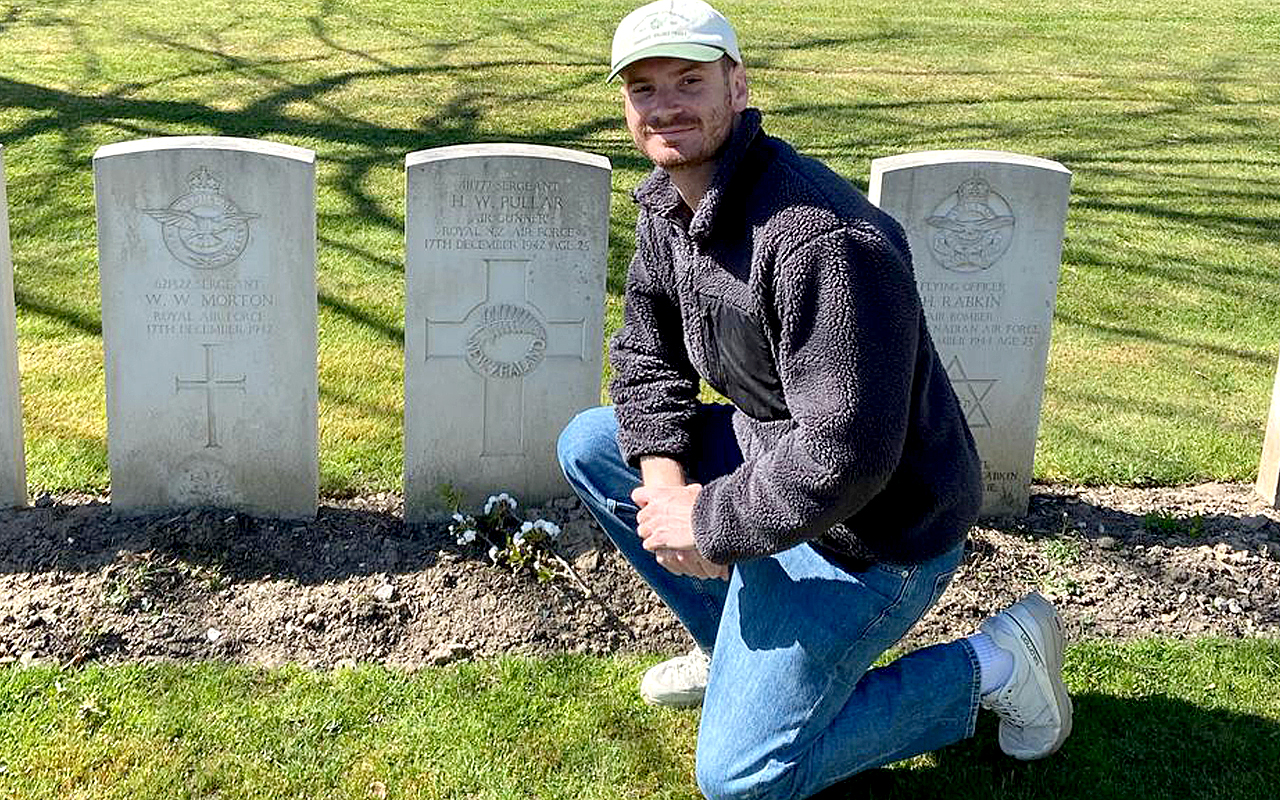 Sergeant Henry (‘Mick’) Pullar’s great nephew Hadley Chalmers visiting his great uncle’s headstone at Rheinberg War Cemetery in Germany in May (2025). Photo: Supplied
Sergeant Henry (‘Mick’) Pullar’s great nephew Hadley Chalmers visiting his great uncle’s headstone at Rheinberg War Cemetery in Germany in May (2025). Photo: SuppliedIt may be a bittersweet ending to what has been more than 80 years of heartbreak for one Southland family, but they’re pleased that the partial remains of young Otautau World War II Air Force gunner Henry Pullar, unearthed in 2019, have finally been laid to rest in Germany.
Just 25, Sergeant Henry Pullar (‘Mick’) was the eldest of the crew of seven on a bomber shot down over Germany in 1942.
Part of the 75th NZ Bomber Squadron attached to the British Royal Air Force, the young men were on a mission to bomb an explosives factory that manufactured parts for the Luftwaffe.
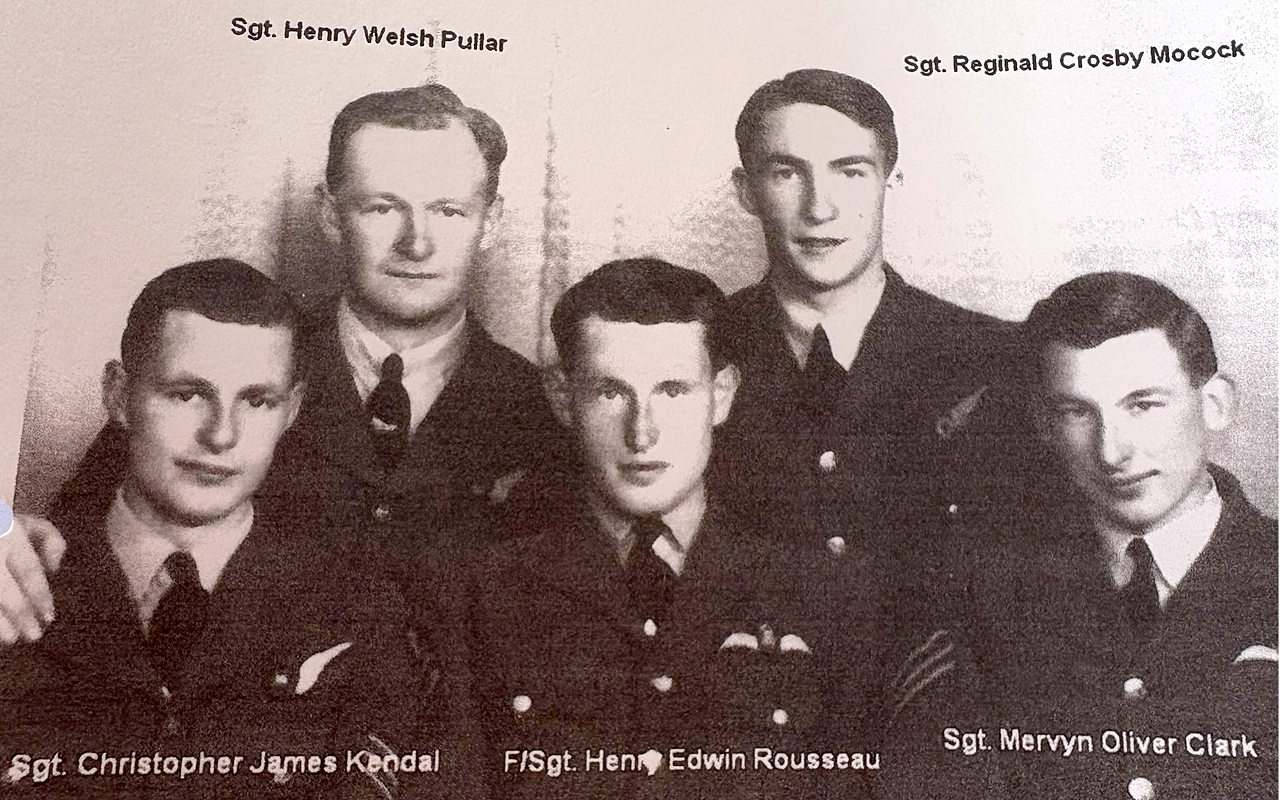
‘Uncle Mick’ – Sergeant Henry Pullar, left rear, 25, with the other members of the bomber crew who were shot down in Germany in 1942, including fellow Kiwis Sergeant Christopher Kendal, front left, and Sergeant Mervyn Clark, front right. Photo: Supplied
The plane exploded into a fireball, plummeting into the ground tail first just outside Vechta - its rear, where Mick was positioned, laden with bombs.
His partial remains were discovered with parts of the aircraft during an earthmoving job for a development in Vechta, Germany, in 2019, starting what became a long process for the family to confirm the young farmer’s identity using DNA testing.
It’s thought the tail had burrowed some 4m into the ground where clothing and remains were found.
Mick’s remains were finally interred with his memorial headstone by the Commonwealth War Graves Commission, along with the rest of the crew, about six weeks ago in late August.
His niece Pam Compton, formerly of Otautau now Queensland, says it was hugely satisfying for the family to finally have that closure.
The family couldn’t be there for the interment, but the German recovery team had been extremely helpful throughout the archeological process, she says.
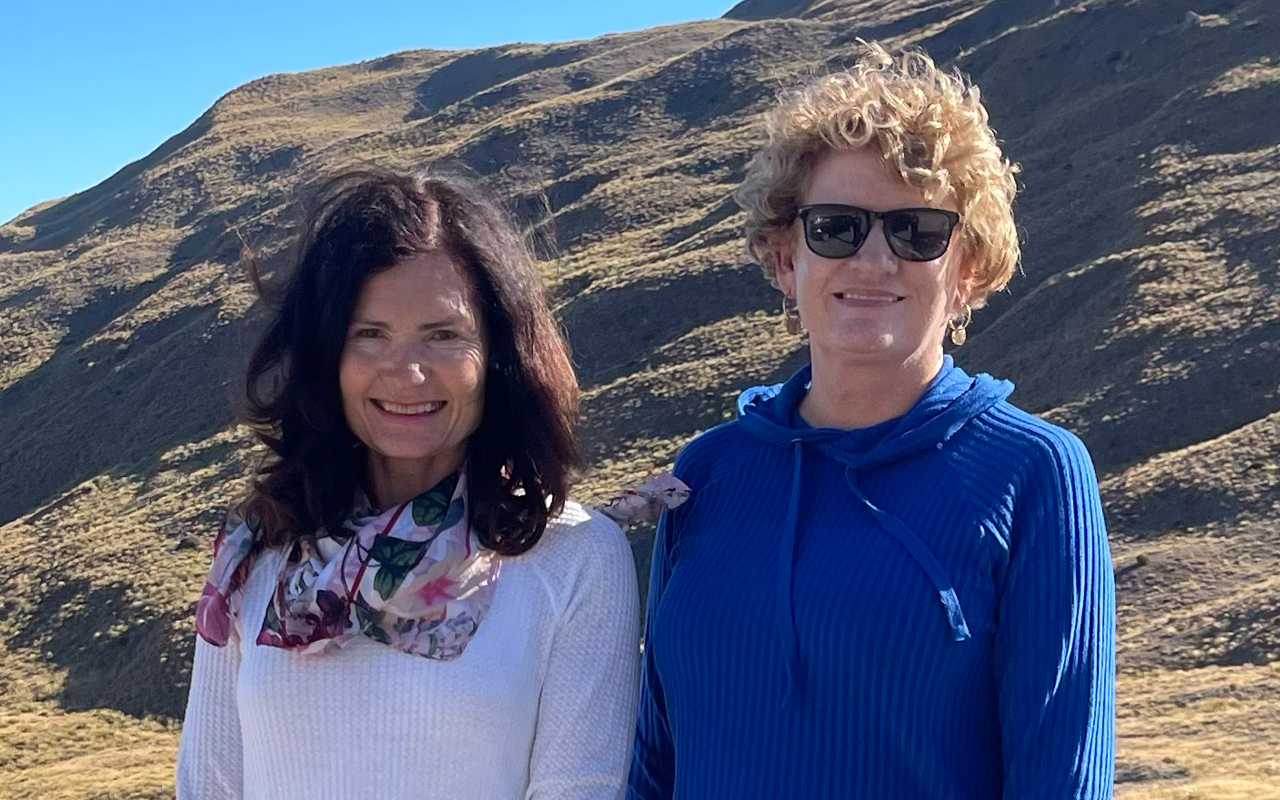
Ex-Southlander Pam Compton, right, now of Queensland, with her Arrowtown sister Adrienne Chalmers on a visit to the Wakatipu. Photo: Supplied
“Oliver Krebs, the forensic anthropologist, has been absolutely amazing and kept in touch the whole time. He’s become like an honorary cousin,” she says.
Due to the delays caused by Covid Uncle Mick had been “sitting in a box” in a Hamburg laboratory so it was very satisfying to know he was now buried with the others, she says.
“It would’ve been hugely moving to be there, for the other families too, but they can’t give that sort of access.
“I’m very grateful and happy to have him found and now buried and to be able to get this done for my parents’ sake,” she says.
“I’m also so very proud of him and love that our sons, nieces and nephews now know his story and are a part of it."
"His medals will be proudly worn by our sons – one ex-Australian Army, on Anzac Day – ‘unknown uncle has become a family legend’,” she says.
“All the people involved overseas, particularly the Germans, have been extraordinarily kind and helpful, and along with the CWGC, showed great respect and dignity.”
Pam had begun researching the crash in 2016.
The pilot had been thrown from the plane, items found on him helping the British RAF identify the crew.
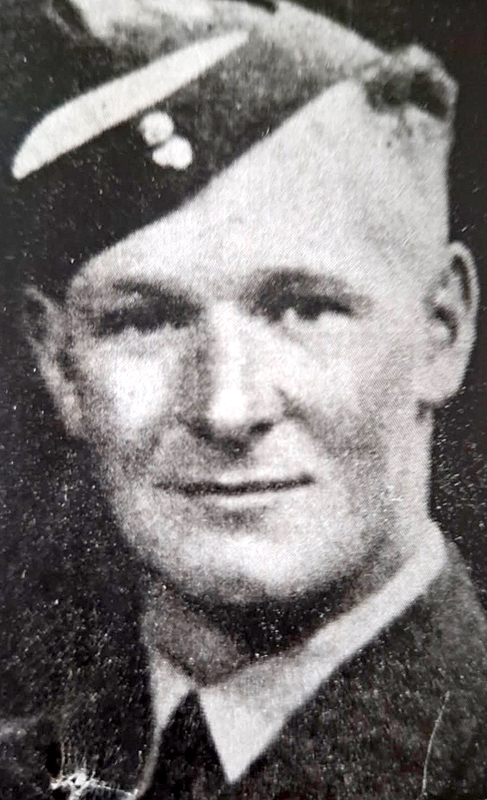
Sergeant Henry Pullar, in his RNZAF uniform during the war days. Photo: Supplied
All were laid to rest in a communal grave with headstones – the pilot in his own grave, at Rheinberg War Cemetery in 1950, after the crew were initially buried by locals in Vechta in 1942.
The discovery and confirmation of Mick’s bones came as an incredible surprise to Pam and her six siblings, all born and raised in Southland.
“They originally found the plane and were contacting families of the crew members, then they found the human remains,” she says.
“There wasn’t much push from the British Ministry of Defence but we said we wanted to know who it was."
"Oliver Krebs liaised with them to get DNA testing for most members of our family.”
When confirmation came that it was indeed their late mother, Olive Skegg’s (nee Pullar) brother – ‘Uncle Mick’, it was “incredible”, Pam says.
“It was like we’d found him after all this time. We claimed him. It was like we knew him,” she says, the family all growing up around the tragic legend of ‘Uncle Mick’ who never returned from the war.
“Mum never talked about him as it was too sad, but his photo was always there,” she says.
A relative in Australia, who was on an ancestry website, had let a family member know that an archeology recovery group was trying to find their father, Errol Skeggs, who had passed on.
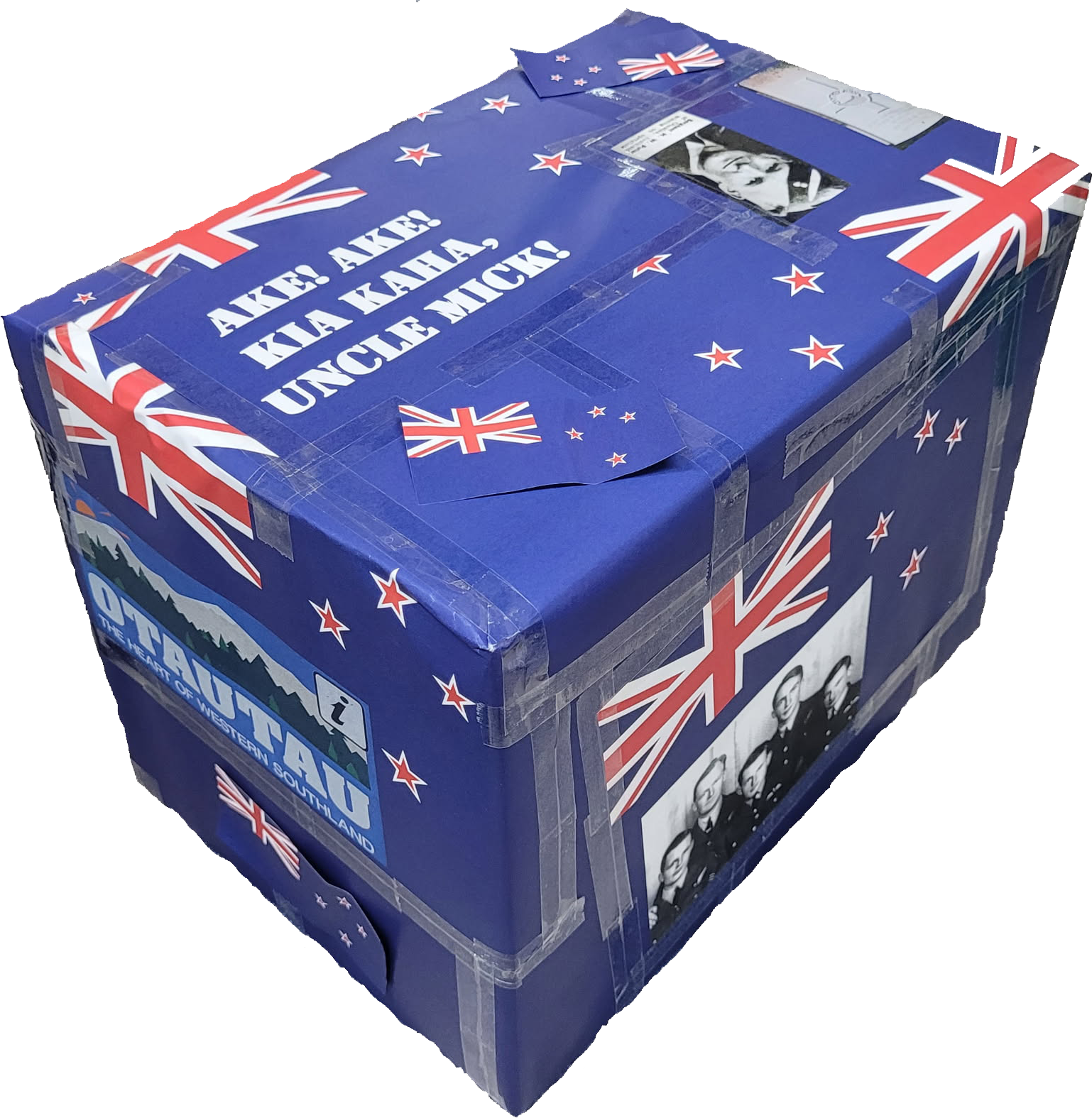
The carefully decorated box carrying Sergeant Henry (‘Mick’) Pullar’s remains, featuring the 75th Squadron’s motto, a photo of him and fellow crew members, and his hometown, Otautau, to his final resting place at Rheinberg War Cemetery in Germany. Photo: Supplied
“I said we were happy to help, and they kept us updated throughout the whole archeology process,” she says.
Her sister, Adrienne Chalmers (nee Skeggs), of Arrowtown, says the discovery was “a deeply moving time” and it was all thanks to Pam for persisting with the authorities that their uncle had been identified.
Their grandfather, Otautau farmer Henry Pullar (Snr), had returned from the trenches of World War I in 1917 to a young Mick, and his wife, who died in 1926 of cancer, aged 35, leaving him by then with three young children.
Grandfather Henry’s younger brother was killed in his second day of action in WWI, his commemorative medal treasured in their grandmother’s jewellery box, passed down to their mother.
“Then about 25 years after returning from WWI son Mick is shot down and killed in Germany."
"So much heartache for their family,” Adrienne says.
The British RAF did a full investigation report into the crash in 1946.
“Some small towns and families in Southland lost two generations within those 25 or so years,” Adrienne says.
“Mum was in the Air Force; Dad was in the Army. We grew up under the shadow of war.”
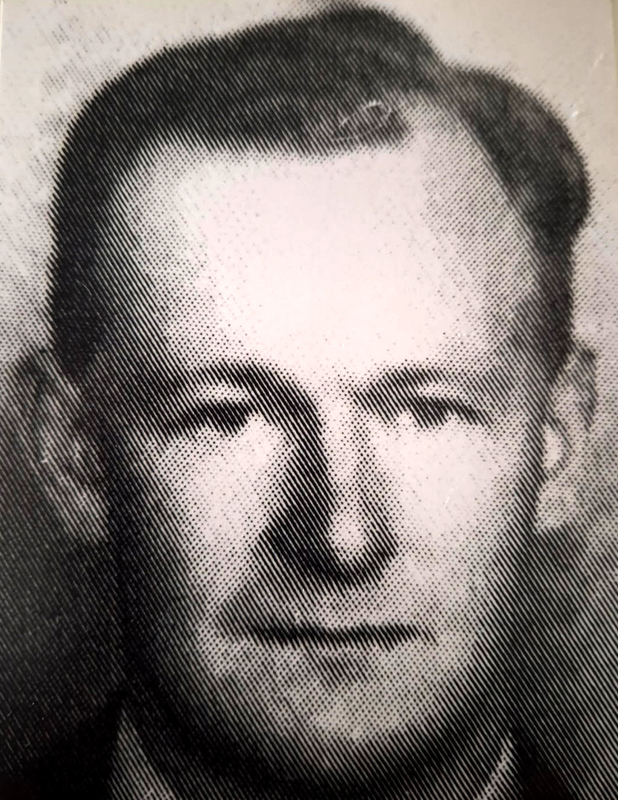
Otautau’s ‘Mick’ Pullar. Photo: Supplied
Their uncle had worked on the family farm in Otautau before enlisting in the Royal New Zealand Air Force in March 1941, aged 23.
He’d begun training in Levin, then joined the Empire Air Training Scheme in Canada.
“Pam did so much work on this research too over the years."
"It’s all credit to her, but we’re just so thankful the family has this closure now that his remains have finally been interred,” Adrienne says.
Her youngest son, Hadley, 29, a Queenstown lawyer, London lawyer at the time, made the trip to Rheinberg Cemetery in Hamburg in May, back before the interment, to pay his respects to Uncle Mick, searching out his headstone with a mate.
“I thought it was important to make the flight and represent the family being so close,” Hadley says.
“There were just thousands of names, and they were all just boys, younger than me."
"That was what really stuck with me,” he says.
“Grandma never talked about him."
"We knew who he was, but he was just a picture on the wall.
"To know he was going to be laid there was important,” he says.
“It was very emotional, surprisingly emotional. It stuck with you….so many of them, so far from home.
“They finally found him after all this time.”
Sue Fea is a senior journalist with more than 40-years experience covering police, social and general news in the southern regions.